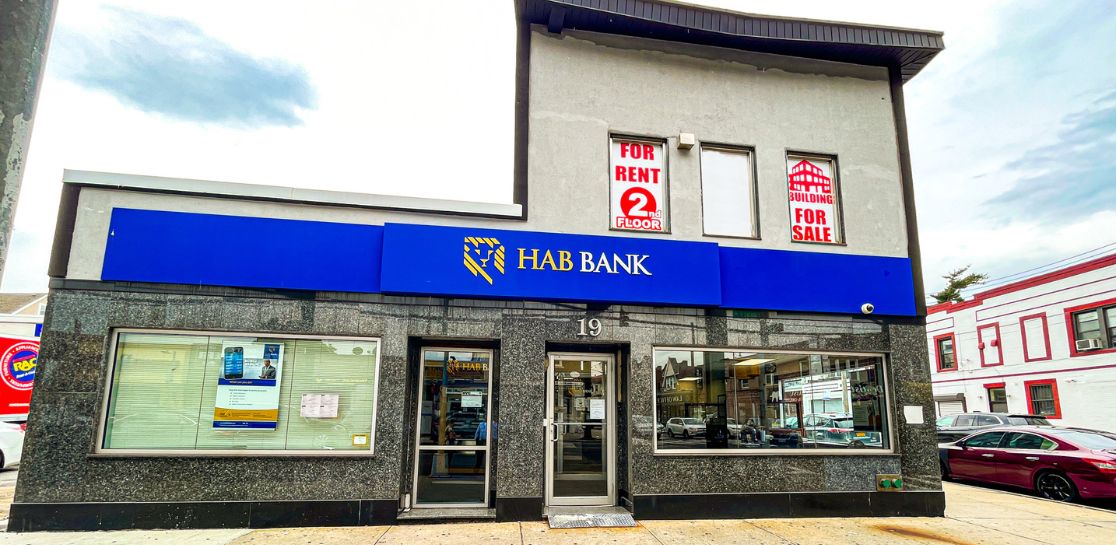While this is not ground breaking news and likely comes as little surprise, the exodus of Long Island’s young adults is a serious issue and deserves attention. Many affluent Long Island suburbs are losing their young workforce at a dramatic rate, and advocates are blaming a lack of affordable housing, high cost of living, and frustration over the region’s lack of exciting lifestyle. Executive Director of Community Housing Innovations, Alexander Roberts stated, “The long-term health of some of the richest communities of our suburbs is threatened because of the lack and the loss of 25-34 year olds in huge numbers.” It’s known as the “Brain Drain.” The towns and villages suffering the largest losses have historically restricted multifamily development in favor of single-family housing. Because of the exclusionary zoning, these communities have become unaffordable for the young suburban workforce. And as many have already left, a recent survey by Suburban Millennial Institute, reads that 30% of young adults aged 18-36 are planning to leave Long Island.
According to American Community Survey data published by the U.S. Census Bureau, the population loss of 25-34 year olds since 2000 is 12.43% in Nassau County, and 12.74% in Suffolk County. This compares to a nationwide gain of 2.76%. The declines across Long Island are not uniform; the highest losses of 25-34 year olds are concentrated in the most wealthy, least diverse communities with the most expensive housing and very little multifamily housing. For example, according to a study done by Community Housing Innovations, Great Neck Plaza lost 14% of 25-34 year olds since 2000, which is much less than the neighboring single-family community of Great Neck Estates, which lost 44% of its young adults. Another example is Oyster Bay who lost 51% of its 25-34 year olds. Also to add, in the September 2013 report for the Long Island Community Foundation, Long Island’s Rental Housing Crisis, the Regional Plan Association detailed that Long Island has the lowest availability of rental housing in the region.
But aren’t there laws in place to prevent this from happening? Unlike neighboring states that have laws requiring municipalities to meet affordable housing goals, New York remains a “home rule” state, in which the municipalities themselves decide zoning. However, Long Island is subject to state and federal laws that promote the development of affordable housing. In 2008, the state Legislature passed the Long Island Workforce Housing Act which requires 10% of all new housing developments over five units more be affordable to families with household incomes of up to 130% of the area median income. The honest issue is that no one is tracking the enforcement of this law or enforcing these requirements on the municipalities.
We must now focus on is what we need to do to help turn this issue around. Many people feel that we need to find public policy solutions to attract jobs and make Long Island affordable and livable. Great Neck Plaza for example has began developing affordable housing as part of two new projects. Affordable housing developer Peter Florey, director of D&F Development Group in Levittown, is currently working on two Long Island projects, one in Melville and one in the Village of Hempstead. Downtowns of Long Island need to build sustainable growth, which will drive desire to these towns. Long Island needs families to establish roots here, and avoid any further departures and support population growth. More organizations need to be created and strengthened such as the newly formed Suburban Millennial Institute, which is “dedicated to raising awareness behind the exodus of young people from Long Island.” But most importantly, we as Long Islanders must work together to create and carry out a realistic plan to nurture our fellow Long Islanders and help create more sustainable and diverse housing, employment, and engaging lifestyle here on Long Island before its too late.





